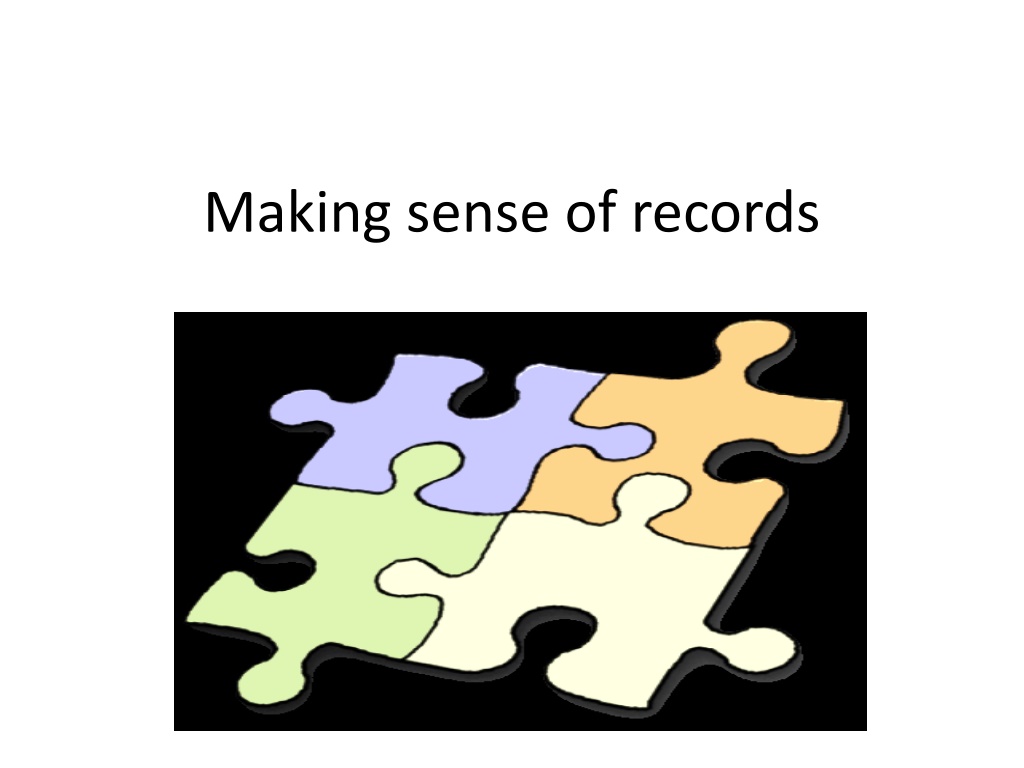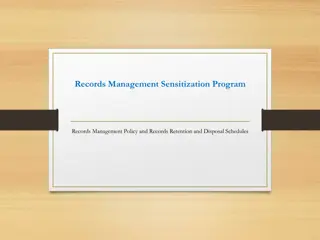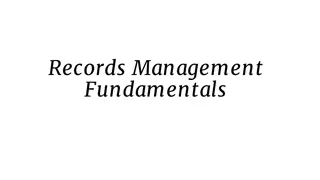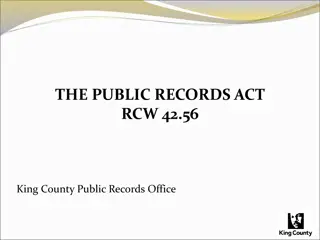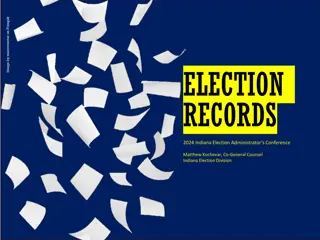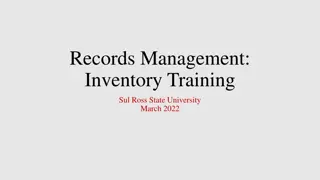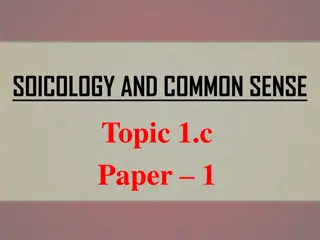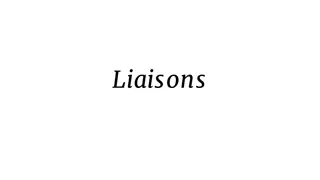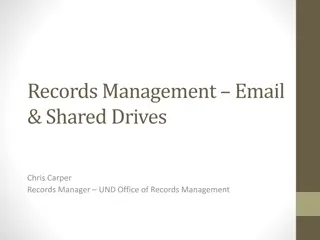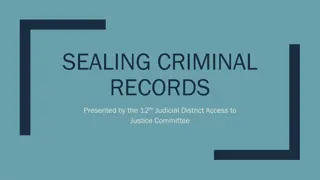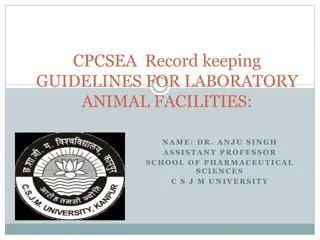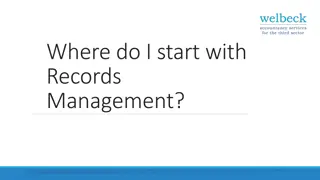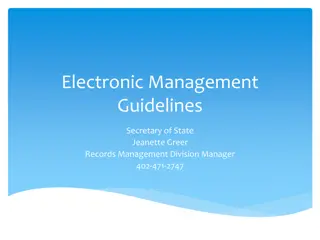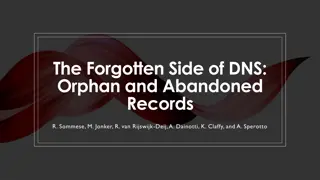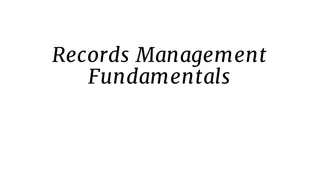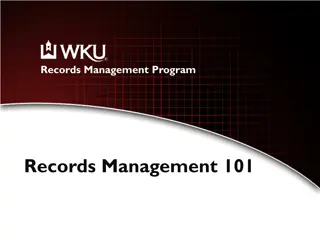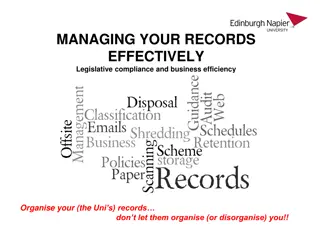Effective Strategies for Making Sense of Records
Explore the process of making sense of records through research, developing questions, conducting interviews, and sorting information. Learn effective ways to decode and analyze documents, including creating timelines to identify patterns in the data. Improve your skills in understanding complex information and uncovering the story behind the records.
Download Presentation

Please find below an Image/Link to download the presentation.
The content on the website is provided AS IS for your information and personal use only. It may not be sold, licensed, or shared on other websites without obtaining consent from the author.If you encounter any issues during the download, it is possible that the publisher has removed the file from their server.
You are allowed to download the files provided on this website for personal or commercial use, subject to the condition that they are used lawfully. All files are the property of their respective owners.
The content on the website is provided AS IS for your information and personal use only. It may not be sold, licensed, or shared on other websites without obtaining consent from the author.
E N D
Presentation Transcript
The story process 1. 2. 3. 4. 5. 6. 7. 8. 9. 10. The idea Research Questions Interviews Sorting What is the story? What will help tell the story? Flow Fairness Accuracy
Questions: When you receive documents Return to your original notes and re- familiarize yourself with the issues Go through the documents carefully in a quiet space and make notes
Instead of highlighting text, write notes in the margins
Questions: Decoding Deciphering access records is a little like reading tea leaves: They are often a jumble, littered with strange acronyms and blacked- out (or whited-out) paragraphs, and lack titles, dates and information about who created the documents. As you make notes, look up unfamiliar words and names.
Questions: decoding (or interviewing the data) Page of emails from Transport Canada released under the Access to Information Act
Decoding the Transport Canada document tc.gc.ca = Transport Canada e-mail address John Forster = Associate Assistant Deputy Minister Safety and Security, Transport Canada, Safety and Security Group, Tel. (613) 949-2394 CIA = U.S. Central Intelligence Agency CSIS = Canadian Security Intelligence Service GMT = Greenwich Mean Time Time in Greenwich, England, which is used as the basis of standard time throughout the world. CACO = Civil Aviation Contingency Operations Role: Managing and operating a 24 hour/day Aviation Operations Centre including an aviation reporting system involving the tracking of aviation related incidents, accidents and high profile events for the purpose of keeping senior managers appraised of operations in the National Civil Air Transportation System Navcan = Nav Canada Nav Canada co-ordinates the safe and efficient movement of aircraft in Canadian domestic airspace and international airspace assigned to Canadian control. Through its coast-to-coast operations, NAV CANADA provides air traffic control, flight information, weather briefings, aeronautical information, airport advisory services, and electronic aids to navigation.
Questions: Chronology Creating a timeline of events can help patterns emerge and assist you in determining what the story is
Questions: whats new? The new elements of the story should emerge after reviewing your research, notes and chronology Now you have a basis on which to interview government officials and interested parties about the documents
Interviews An access release can be a wedge that cracks open a story It may well prompt a government agency to grant you an interview, even if only fragments of information have been disclosed In fact, the agency may be eager to put those scraps of material into context. That foot in the door can lead to a wide range of questions
The story process: review 1. 2. 3. 4. 5. 6. 7. 8. 9. 10. The idea Research Questions Interviews Sorting What is the story? What will help tell the story? Flow Fairness Accuracy
